
No, this is not where Hannah Montana was born. Still, there are more interesting things to learn about this state. These Montana facts will tell of its rich (literally and figuratively) history, its wonderful environment, and why its people are not ones to be messed with.
- Montana is a U.S. state located in the northwestern region of the country.
- The capital of Montana is Helena.
- Montana covers a total land area of 147,040 sqm or 380,832 sq km.
- The Montana state motto is “Oro y Plata,” which is Spanish for “Gold and Silver.”
- As of January 2020, Montana has a population of 1,086,759.
- Selected in 1895, the official Montana state flower is the Lewisia rediviva or ‘bitterroot.’
- The Montana state tree is the Ponderosa pine.
- Voted by school children in 1930, the state bird of Montana is the meadowlark.
- The grizzly bear is the Montana state animal.
- Montana is home to the largest herd of migratory elk in the country.
- The two primary industries in Montana are mining and agriculture.
- Miles City in Montana is also called ‘The Cowboy Capitol.’
- There are 25 scenic byways and 43 state parks in Montana.
- Montana initiated the putting of Gideon bibles in hotel rooms.
- One of the most scenic drives in the U.S. is Montana’s Going to the Sun Road in Glacier National Park.
- In the England Crown Jewels, the Montana Yogo Sapphire is the only gem from North America.
- Fort Keogh, Montana observed the greatest snowflake ever, boasting of a 15-inch diameter.
- Montana is home to the highest number of golden eagles in the United States.
- Henry Plummer, a notorious outlaw, built the state’s first jail at Bannack.
- A weird law in Whitehall, Montana bans operating vehicles with ice picks on the wheels.
Montana Facts Infographics
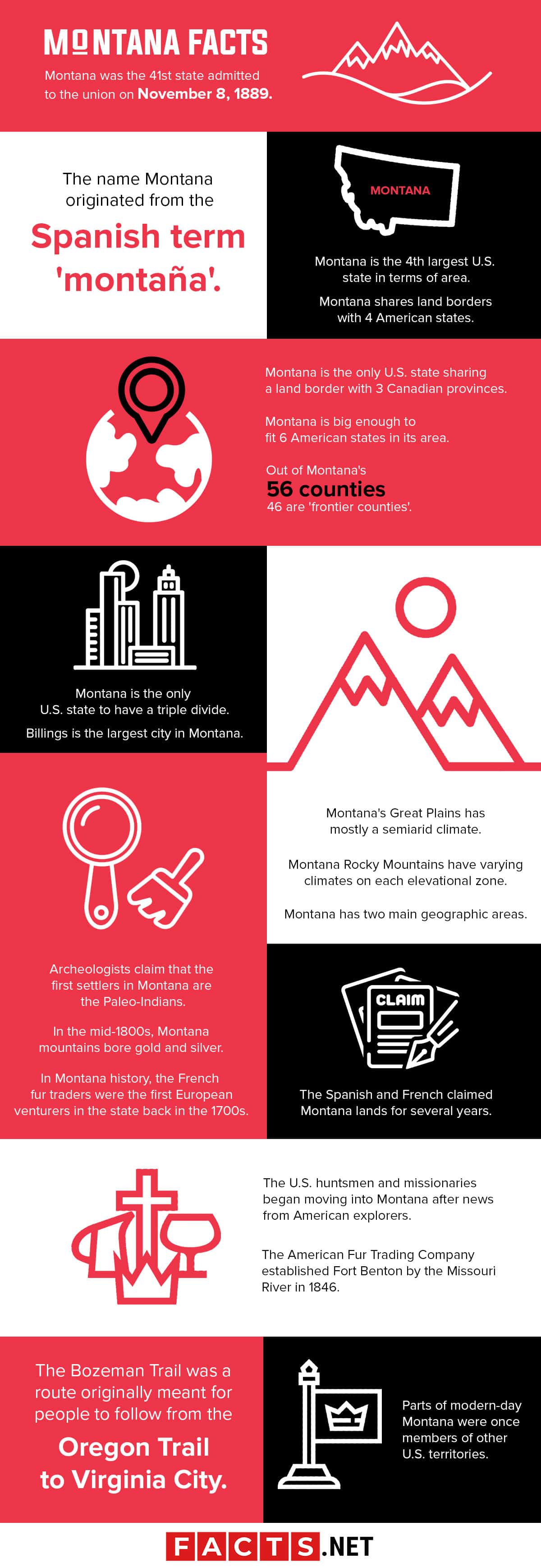
Montana was the 41st state admitted to the union on November 8, 1889.
Through the years, the state earned nicknames like ‘Big Sky Country,’ ‘The Last Best Place,’ and ‘The Treasure State.’
The name Montana originated from the Spanish term 'montaña.'
Although it translates to ‘mountain’ or ‘mountainous region,’ Montana only has an average elevation of 3,400 feet. It is the lowest of all the Rocky Mountain states.
Montana is the 4th largest U.S. state in terms of area.
The placers before it are Alaska, Texas, and California. However, Montana also lands among the least populated states, with only an average of 6 people per square mile.
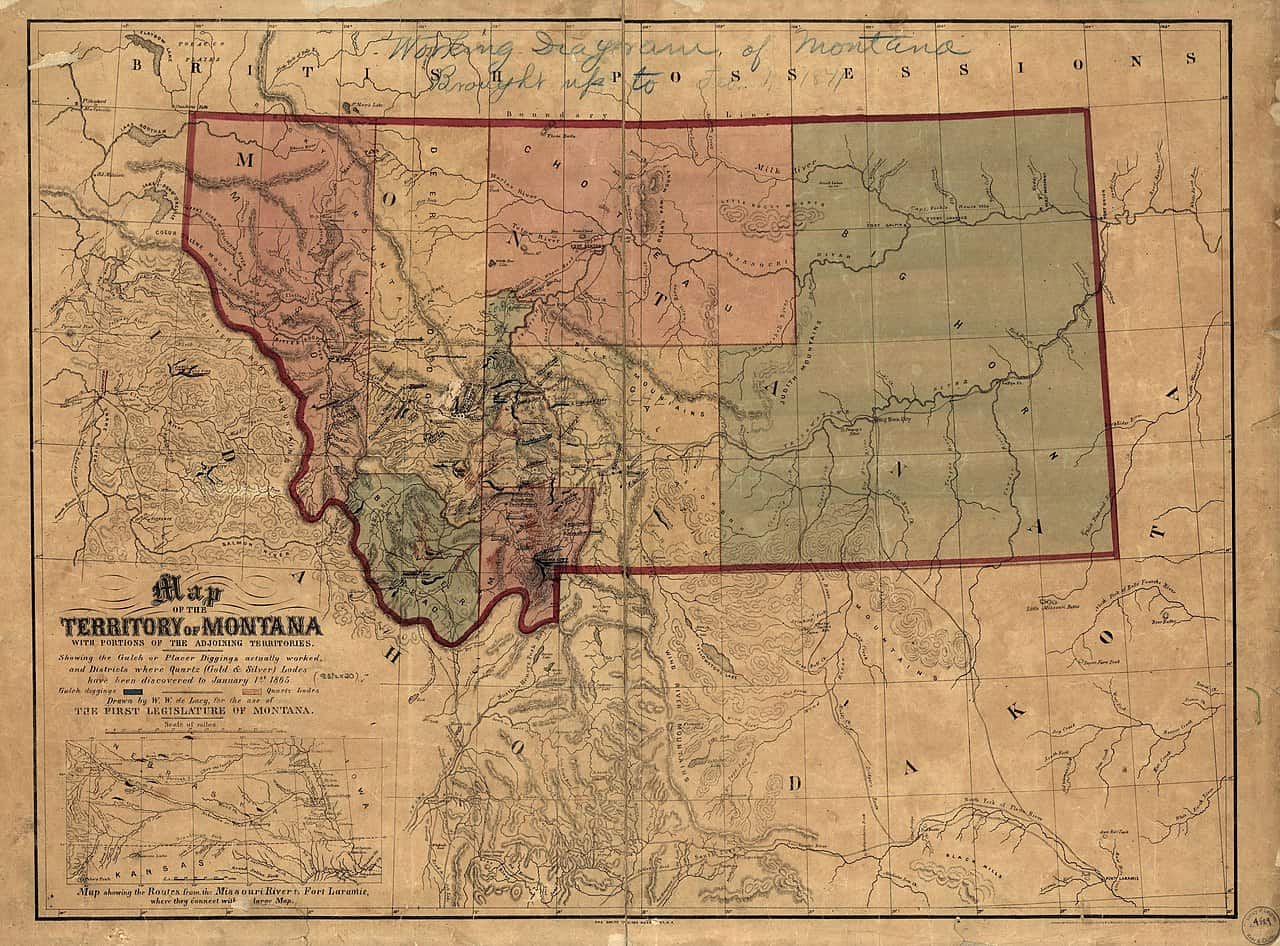
Montana shares land borders with 4 American states.
Wyoming lies on its south, Idaho is on its west, North and South Dakota on its east. Meanwhile, Canadian provinces are on its north.
Montana is the only U.S. state sharing a land border with 3 Canadian provinces.
Its sizeable international border with Canada involves Alberta, British Columbia, and Saskatchewan.
Montana is big enough to fit 6 American states in its area.
Its size could cover those of the District of Columbia, Delaware, Maryland, New York, Pennsylvania, and Virginia.
Out of Montana's 56 counties, 46 are 'frontier counties'.
Meaning, these counties only have an average of 6 people per square mile or even fewer.
Montana is the only U.S. state to have a triple divide.
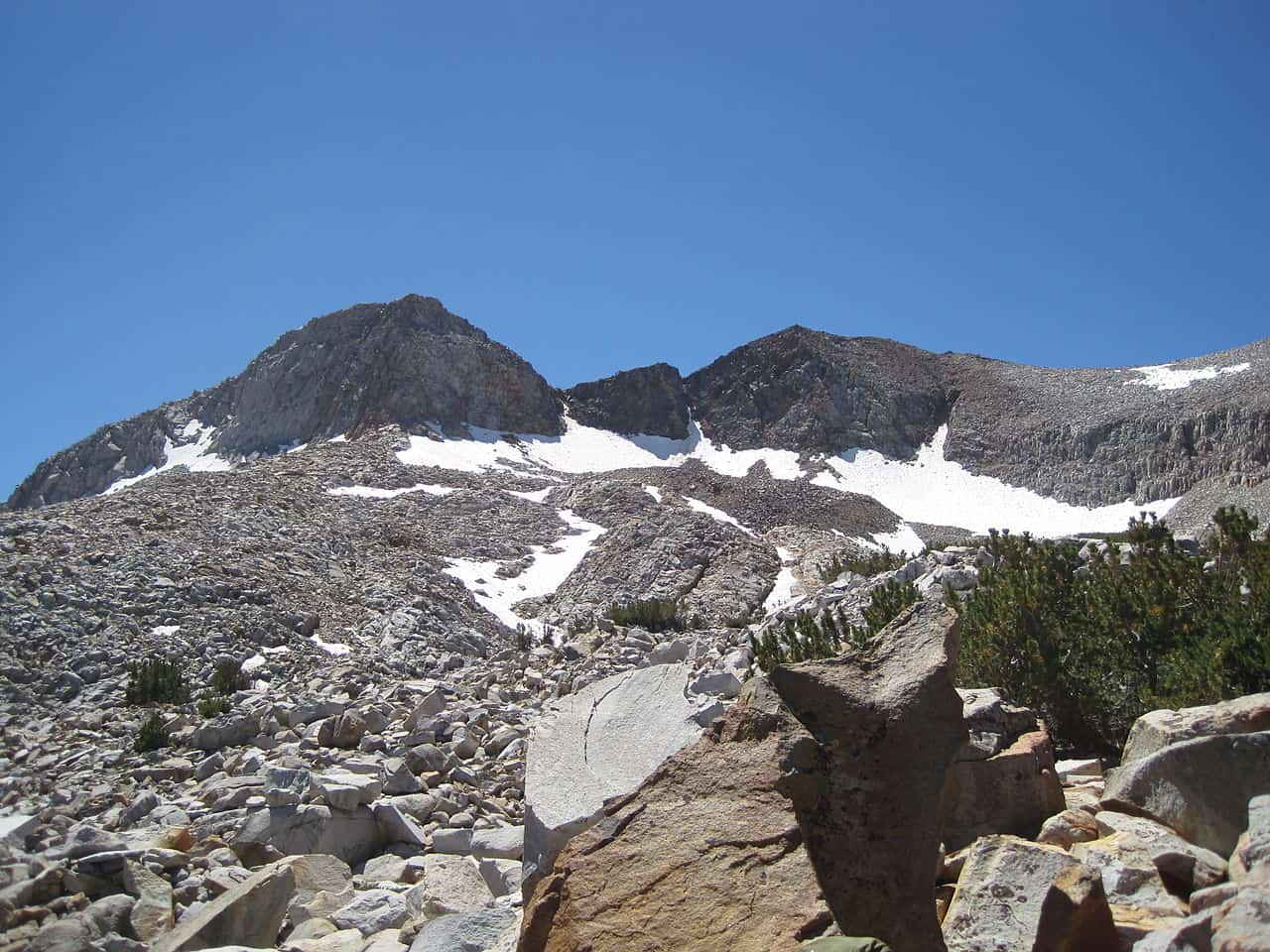
The Triple Divide Peak in Glacier National Park allows water to flow down the Atlantic, Pacific, and Hudson Bay.
Billings is the largest city in Montana.
This city is the only one in the state to have more than 100,000 population. On the contrary, the state capital Helena only has around 75,000.
Montana has two main geographic areas.
At ⅗, eastern Montana consists of the Great Plains, while western Montana at ⅖ has the Rocky Mountain Region.
Montana's Great Plains has mostly a semiarid climate.
The area experiences cold winters and hot summers, while snowfall is generally light. However, the frost lasts for over 200 days in a year.
Montana Rocky Mountains have varying climates on each elevational zone.
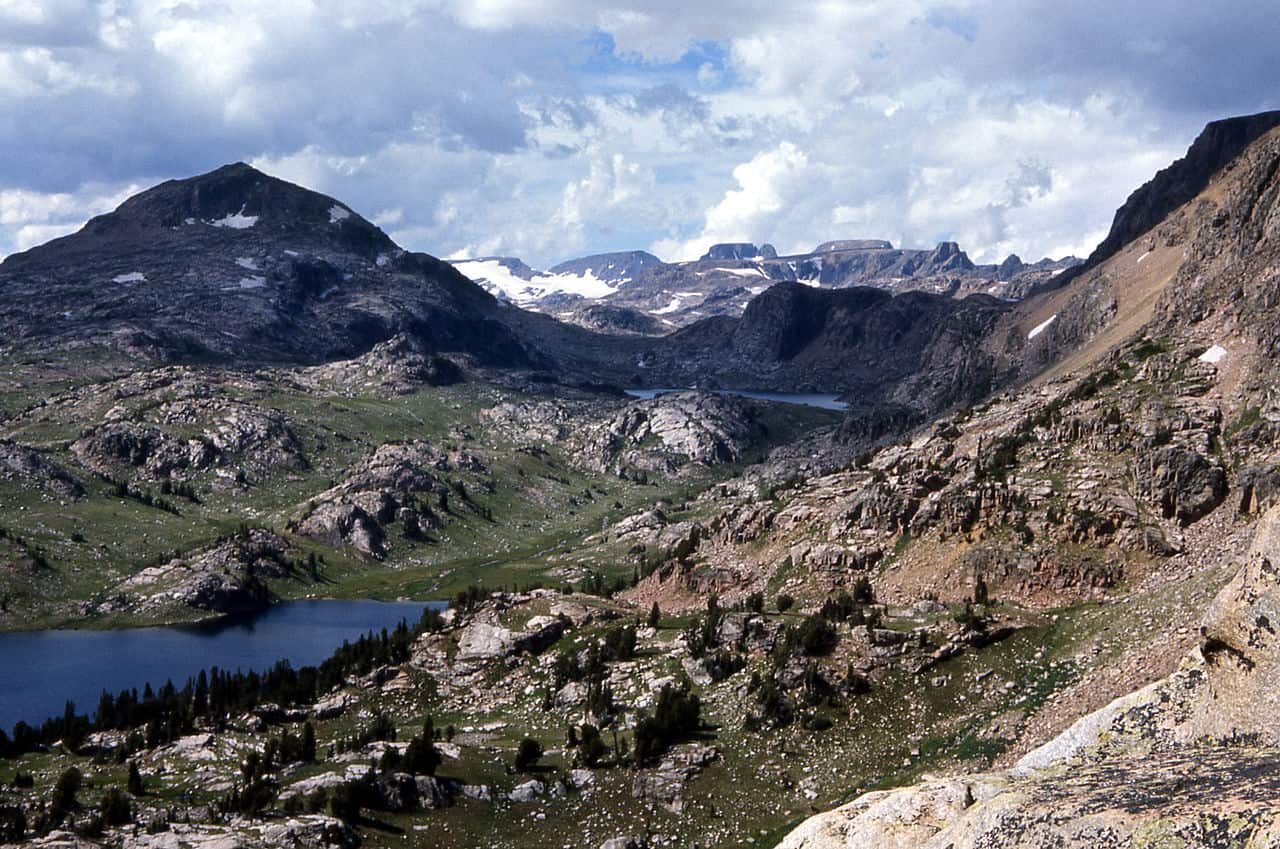
As the lowest zone, the dry valley bottoms have a similar climate to that of eastern Montana. Other zones get progressively colder, wetter, and snowier, the higher the elevation rises.
Archeologists claim that the first settlers in Montana are the Paleo-Indians.
The Native American tribes were already dwelling all over the state when the Europeans arrived in the 1700s.
In the mid-1800s, Montana mountains bore gold and silver.
Other elements acquired from the sites are sapphires and Montana agate. With such rich mineral deposits, the state earned the monicker ‘The Treasure State’.
In Montana history, the French fur traders were the first European venturers in the state back in the 1700s.
Back then, the traders set up posts where they bartered beaver furs with the Native Americans.
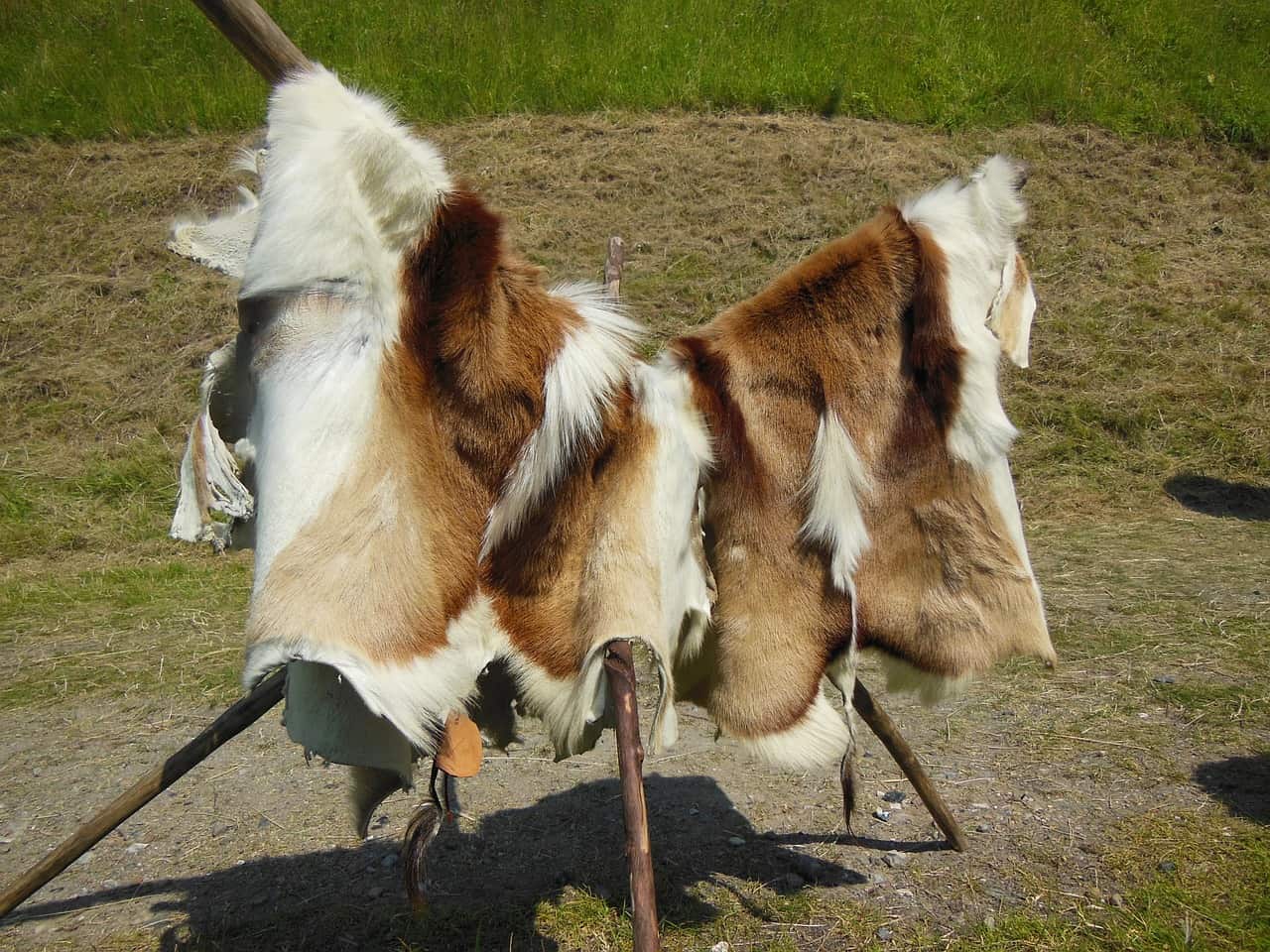
The Spanish and French claimed Montana lands for several years.
With the Louisiana Purchase in 1803, the United States procured most of the state from the French.
The U.S. huntsmen and missionaries began moving into Montana after news from American explorers.
Lewis and Clark traversed the state in 1804, where they followed the Missouri River. Upon returning to the east, they brought news of the beauty of the land and the abundance of furs in The Treasure State.
The American Fur Trading Company established Fort Benton by the Missouri River in 1846.
In 1858, the discovery of gold in the mountains brought more people to Montana. That was when boomtowns Helena and Virginia City sparked life almost overnight.
The Bozeman Trail was a route originally meant for people to follow from the Oregon Trail to Virginia City.
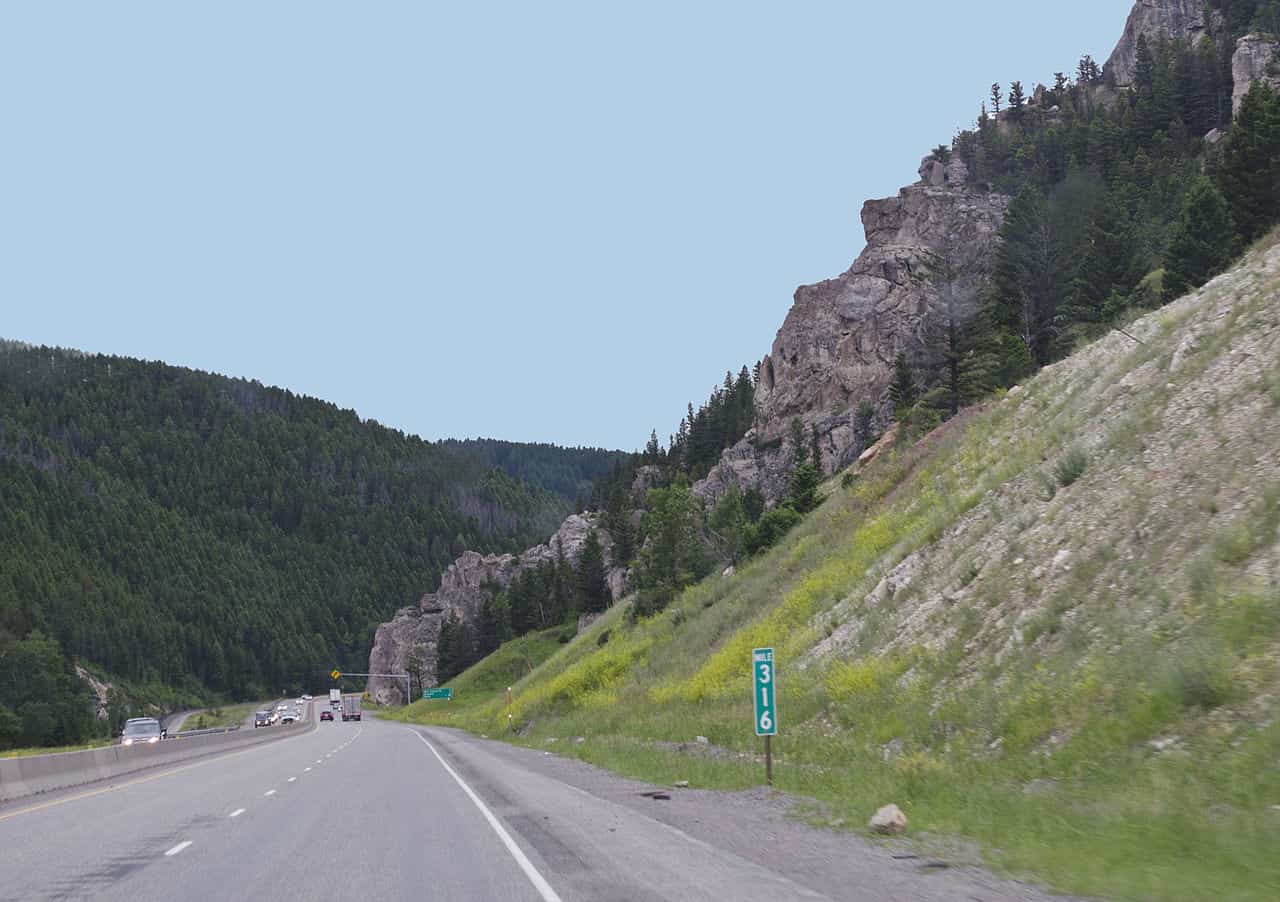
Still, many people decided to stay in the Treasure State even when the gold rush was already over.
Parts of modern-day Montana were once members of other U.S. territories.
From 1848 to 1864, these regions were portions of the Dakota, Idaho, Oregon, and Washington.
Montana established its first capital city at Bannack back in 1864.
In 1865, Virginia City became the title-holder until Helena became the official capital of Montana in 1875.
The Battle of the Little Big Horn witnessed one of the U.S. Army's greatest downfalls in 1876.
The increasing number of settlers in Montana was driving the Native Americans farther from their traditional lands. During the 1870s, tribes like the Cheyenne, Arapaho, and Sioux began assembling and resolved to fight back.
The Native Americans won at first, only to be defeated eventually.
With Crazy Horse and Sitting Bull at the lead, the Native Americans defeated General George Custer and his men. Another name used to refer to the battle is ‘Custer’s Last Stand.’
Around 30 Japanese balloons descended in Montana.
It was back in World War II where, miraculously, the balloons did not cause any damage to life or property.
Billings Montana was once a lively town back in the Wild West days.
Every saloon had cowboys and scarlet ladies performing intricate dances almost anywhere. It could vary from atop bars or tables, and even atop the pianos at times.
Montana locals finally grew tired of the state's lawlessness in 1884.
They formed an extensive vigilante force and eventually put down 35 cattle and horse thieves all in the same year.
The highest level of local government in Montana is the county.
There are 56 in total, while the state ordinances each of their powers and duties.
Rogers Pass Montana recorded the coldest temperature in all the 48 neighboring states.
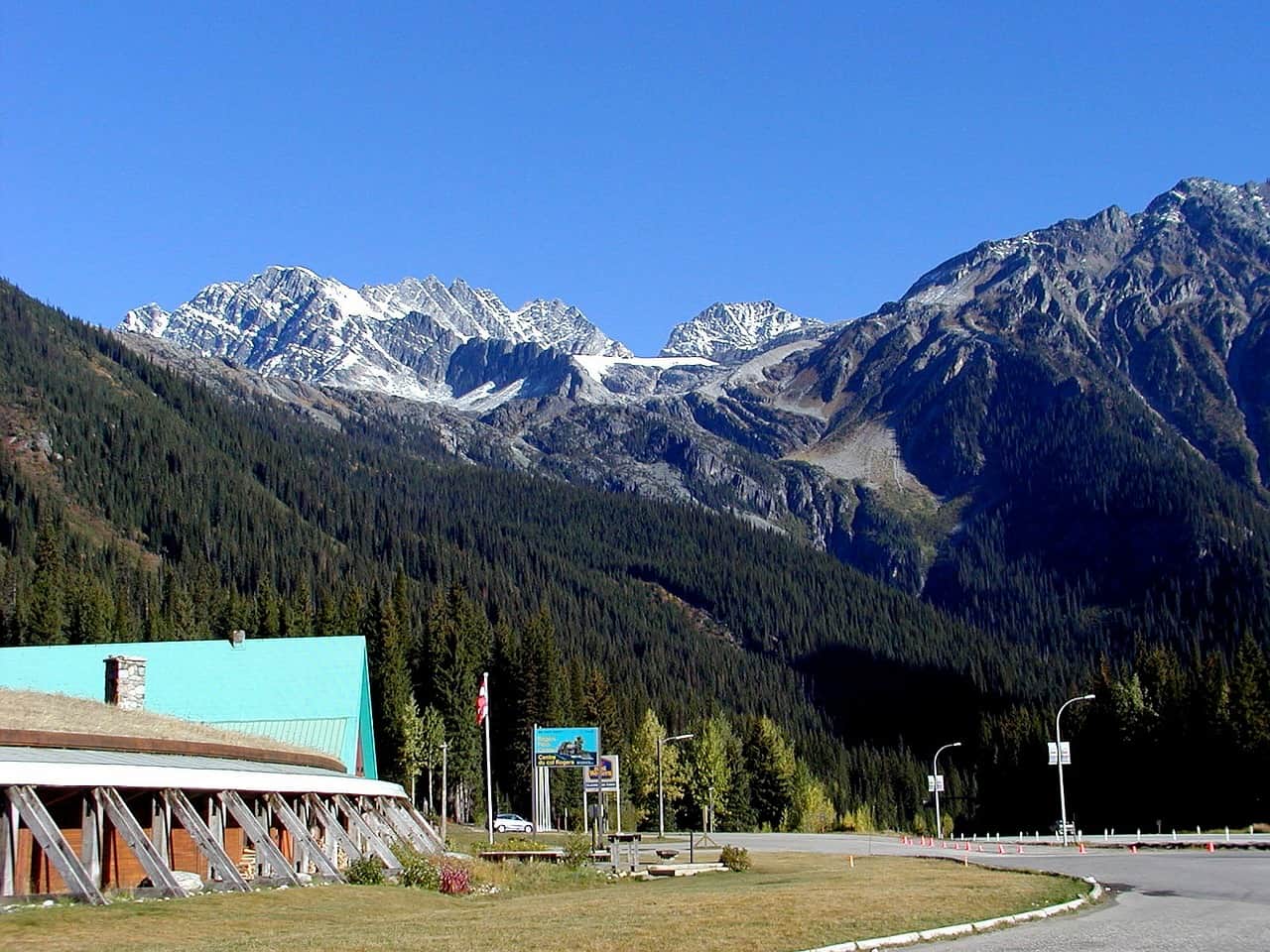
On January 20, 1954, the temperature in the area dropped to as low as -70 degrees Fahrenheit.
Loma, Montana holds the record for the most dramatic temperature change within 24 hours.
From -54 degrees Fahrenheit, the temperature in the area reached a whopping 49 degrees Fahrenheit, covering a 103-degree ascent.
Jordan, Montana is among the most remote counties in the United States.
From there, the nearest airport is not until 175 miles while the nearest bus stop is not until 85 miles.
Helena Montana was home to the most number of millionaires back in 1888.
What made it rise above the rest of the cities in the world is the money that the millionaires made from the gold found in the state.
Montana houses the shortest river in the world.
The Guinness Book of World Records hailed the Roe River as the official shortest river worldwide. It only flows for 200 feet from the Giant Springs to the Missouri River by the Great Falls.
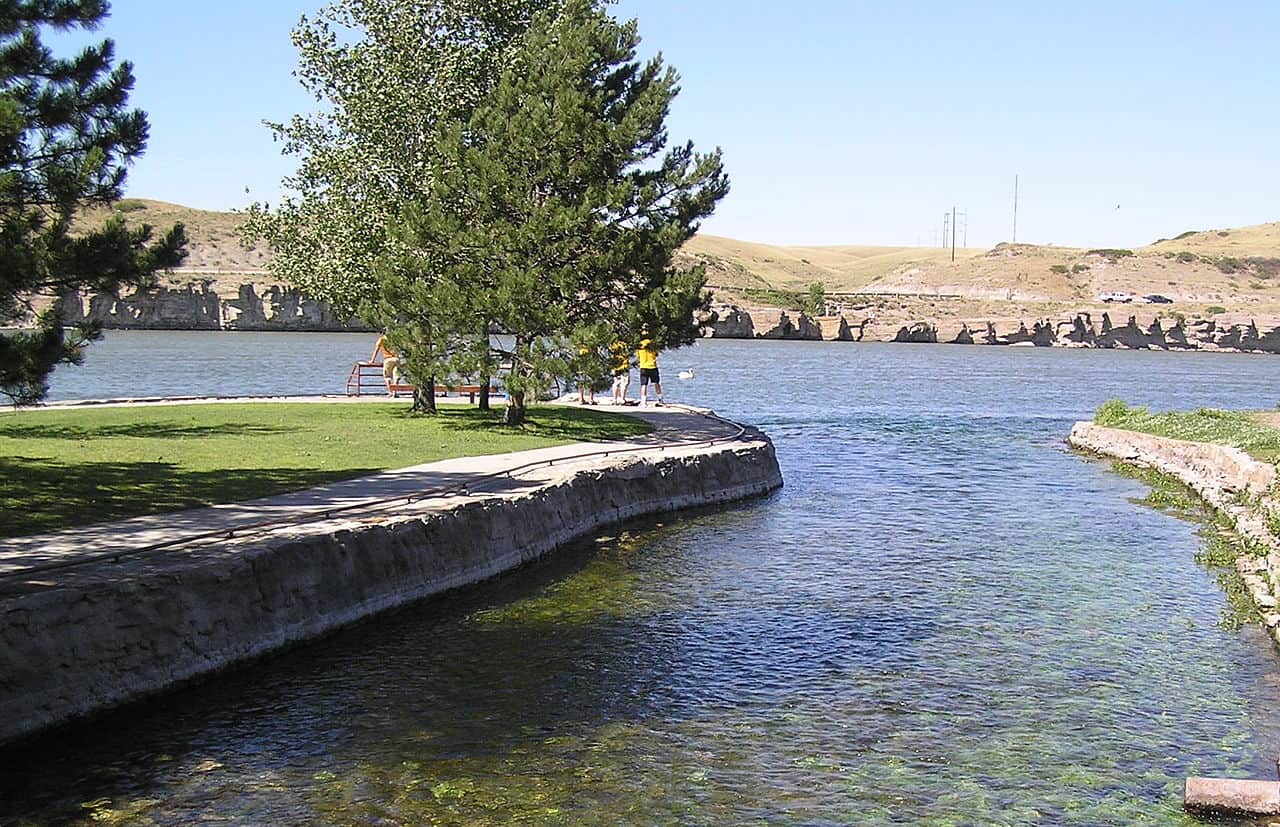
Montana has 7 Indian reservations.
These regions serve as the dwelling place for 11 tribal races. While a 12th named Little Shell Band of Chippewa also resides within Montana, they do not own any land.
Ted Turner, the owner and founder of CNN, was born in Montana.
Other famous people from Montana are award-winning animation Ratatouille artist Brad Bird, actor Gary Cooper, NBA coach Phil Jackson, silent film actress Myrna Loy, epic fantasy novelist Christopher Paolini, and The Greatest Showman actress Michelle Williams.
Montana is the first U.S. state to elect a woman to Congress.
Jeanette Rankin, a Montana-born, made history in 1916 and was even re-elected to the post in 1940.
Jeanette Rankin was the only one who voted against the War.
Aside from opposing the World Wars, she also countered the country’s attack on Pearl Harbor. Her views brought her some furious criticism throughout her terms.
In Montana, cattle outnumber humans.
It shows how vital livestock farming is as a thriving industry in the state.
Bitterroot, Montana's state flower, is a perennial herb.
A member of the family Montiaceae, the small flower can still grow even from seemingly dead or dry roots.
Aside from being the official state flower, Bitterroot also named 3 major Montana features.
Between Montana and Idaho lies the Bitterroot Mountains, then there is the Bitterroot Valley and the Bitterroot River.
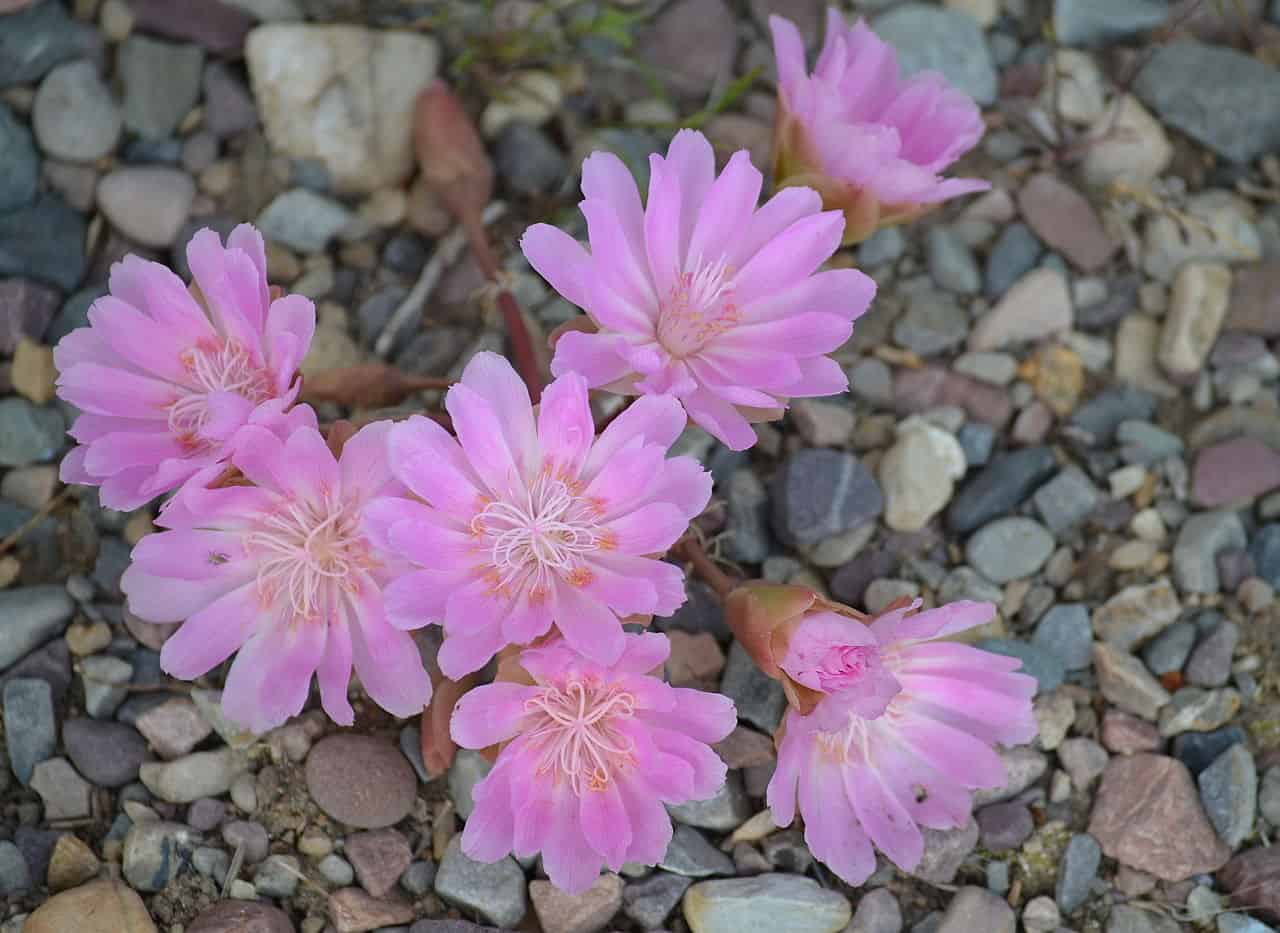
Montana was a site for dinosaur egg discoveries.
The remnants found at the Egg Mountain by Choteau revealed that some dinosaurs were more similar to birds and mammals than the reptiles.
Montana is home to one of the largest dinosaur fossil collections in the world.
The Museum of the Rockies boasts of 13 T-rex specimens.
Butte, Montana is regarded as the 'Richest Hill on Planet Earth.'
This site takes credit for the state being known as The Treasure State due to the rich mining history behind the city.
The Granite Peak is Montana's highest point.
Standing high at 12,807 feet, it ranks 10th in the highest points in the United States.
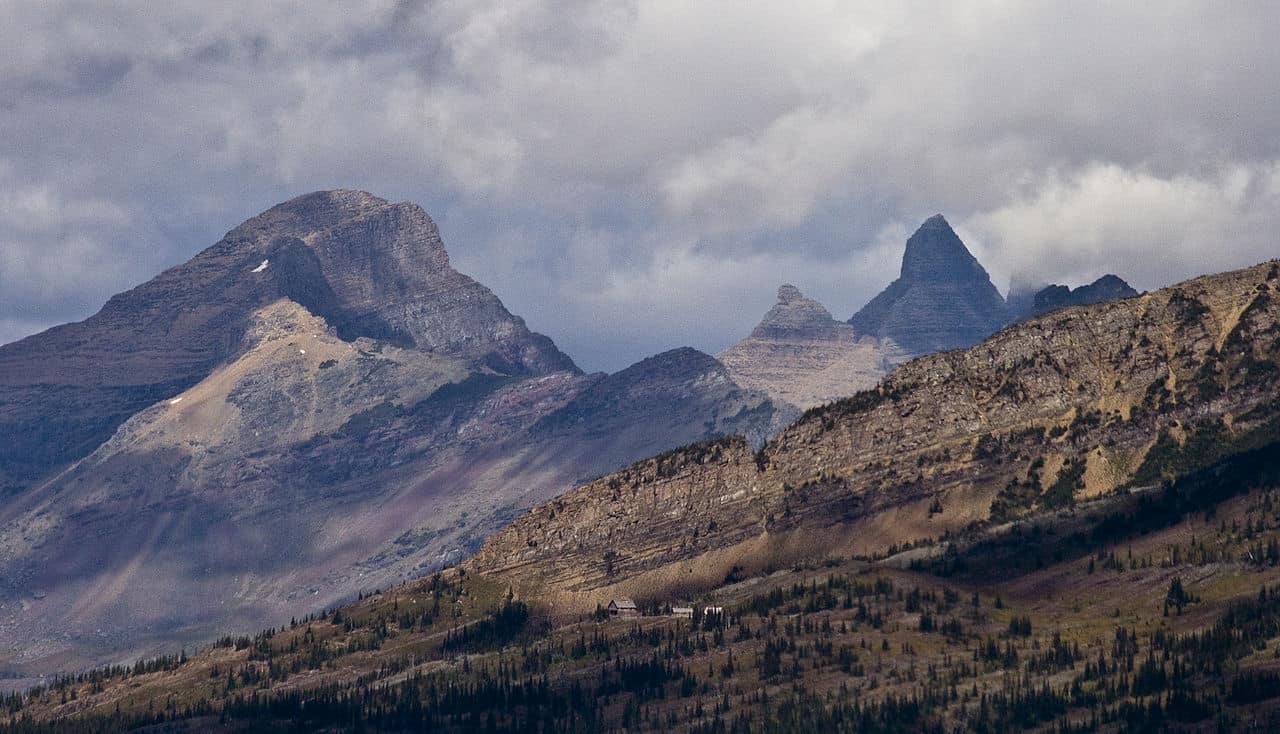
Montana has one of the world's largest earth-filled dams.
The Fort Peck Dam can be found in northeast Montana.
Montana is home to the largest county park in the country.
The Beaver Creek Park sits in the Hill County, Montana.
Montana has over 3,000 lakes and reservoirs, and all of them have names.
Some of these are the Flathead Lake, the country’s largest natural freshwater, and the Fork Peak Reservoir of Missouri River, the state’s largest reservoir.
Montana is home to the most variety of mammals in all of the United States.
Aside from the state animal, the grizzly bear, are the buffaloes, elk, and bison, which is North America’s largest land mammal.
Over 8,000 moose seek shelter in the state of Montana.
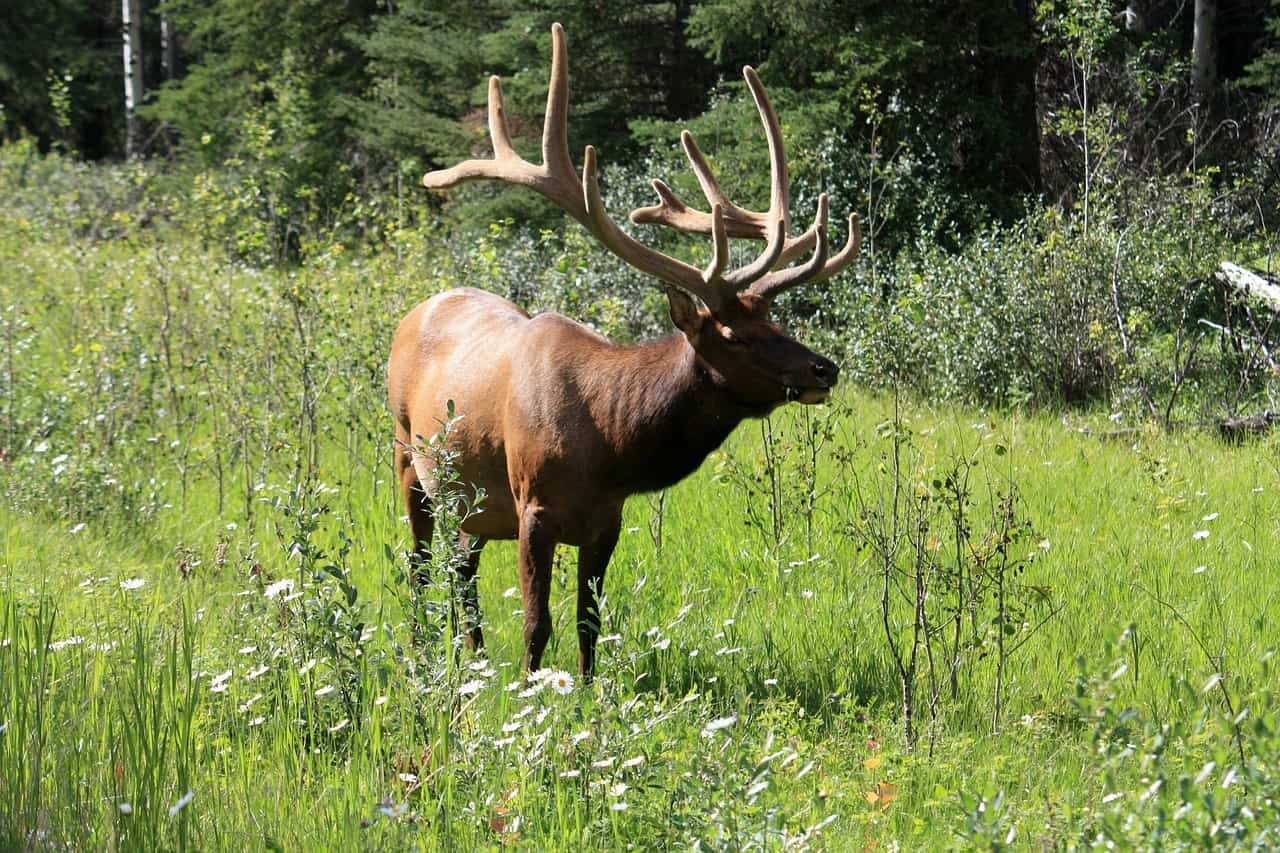
It was once considered extinct already until its species’ existence was found in Montana.
In Montana, a wife opening her husband's mail is an act of felony.
It is also illegal for unmarried women to ever go fishing. In contrast, married women are only not allowed to do so on Sundays.
In Montana, people say 'spendy' instead of 'expensive.'
Meanwhile, other countries would use the word ‘pricey.’
In Montana, the word 'ditch' can be used in ordering a drink.
Meaning ‘with water,’ the word can be used as ‘whiskey ditch,’ which would then refer to ‘whiskey and water.’
Every year, Montana holds a reenactment of the Battle of the Little Big Horn.
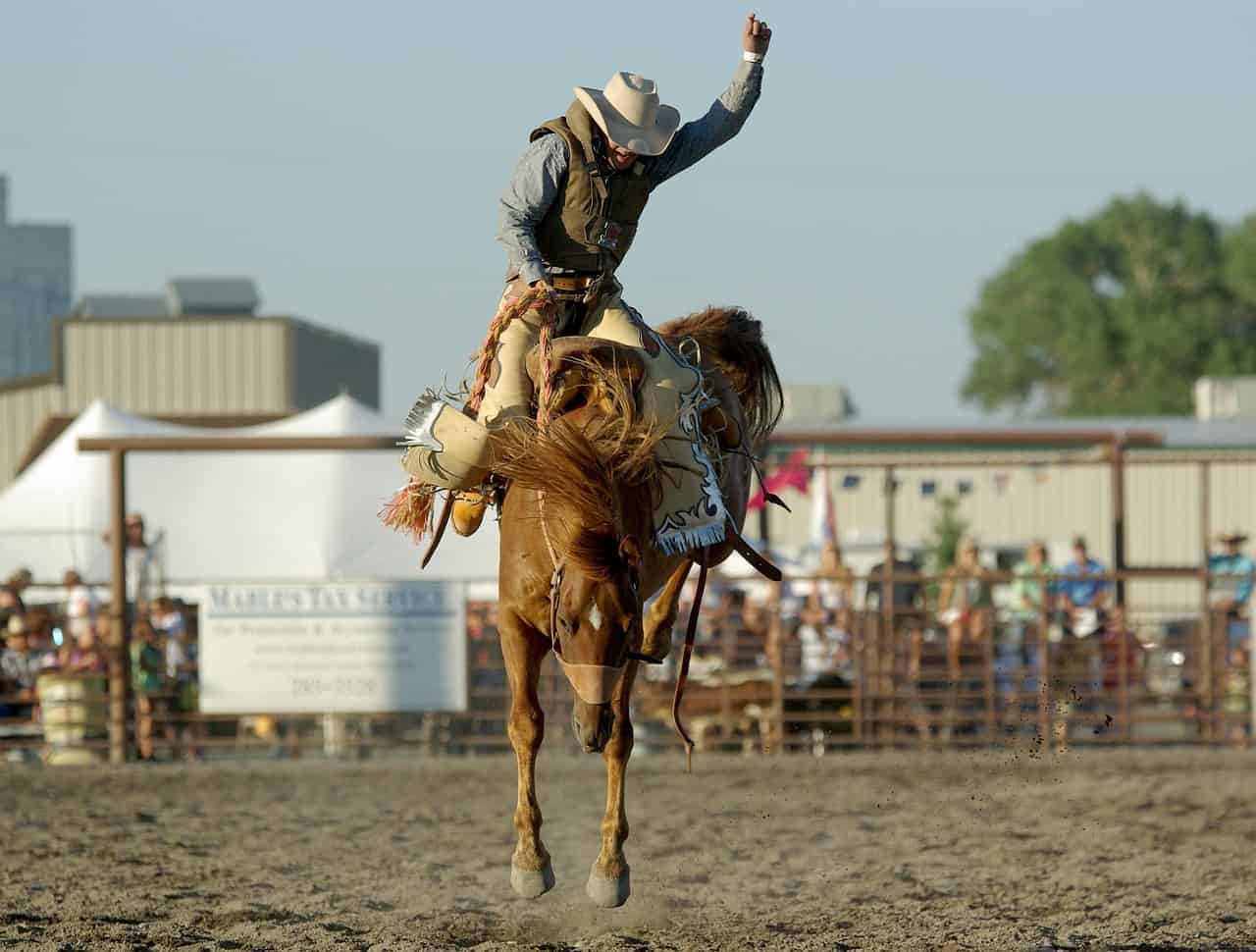
It takes place on the Crow Indian Reservation, where many Native American tribes would have traditional dance ceremonies. Traditional rodeos, square-dance groups, and old-time fiddling flourish during these times as well. What makes it more fun is that they also welcome outsiders in their celebrations.
Montana boasts of massive resource deposits, natural and mineral alike.
Copper, lead, oil, manganese, timber, and zinc are also some of the state-found minerals aside from the infamous gold and silver engraved on their motto.
In 1932, Montana became home to the first-ever International Peace Park.
Montana’s Glacier National Park combined areas with Alberta, Canada’s Waterton Lakes National Park. Due to the rich, diverse plant and wildlife species and magnificent scenery of the park, UNESCO listed them as a joint World Heritage Site in 1995.
Montana's Glacier National Park is regarded as the 'Crown Jewel of the Continent.'
Its location lies along the northern border of the state, where it connects with the Waterton Lakes National Park of Canada. Moreover, it is said to be the most visited place in the Treasure State.
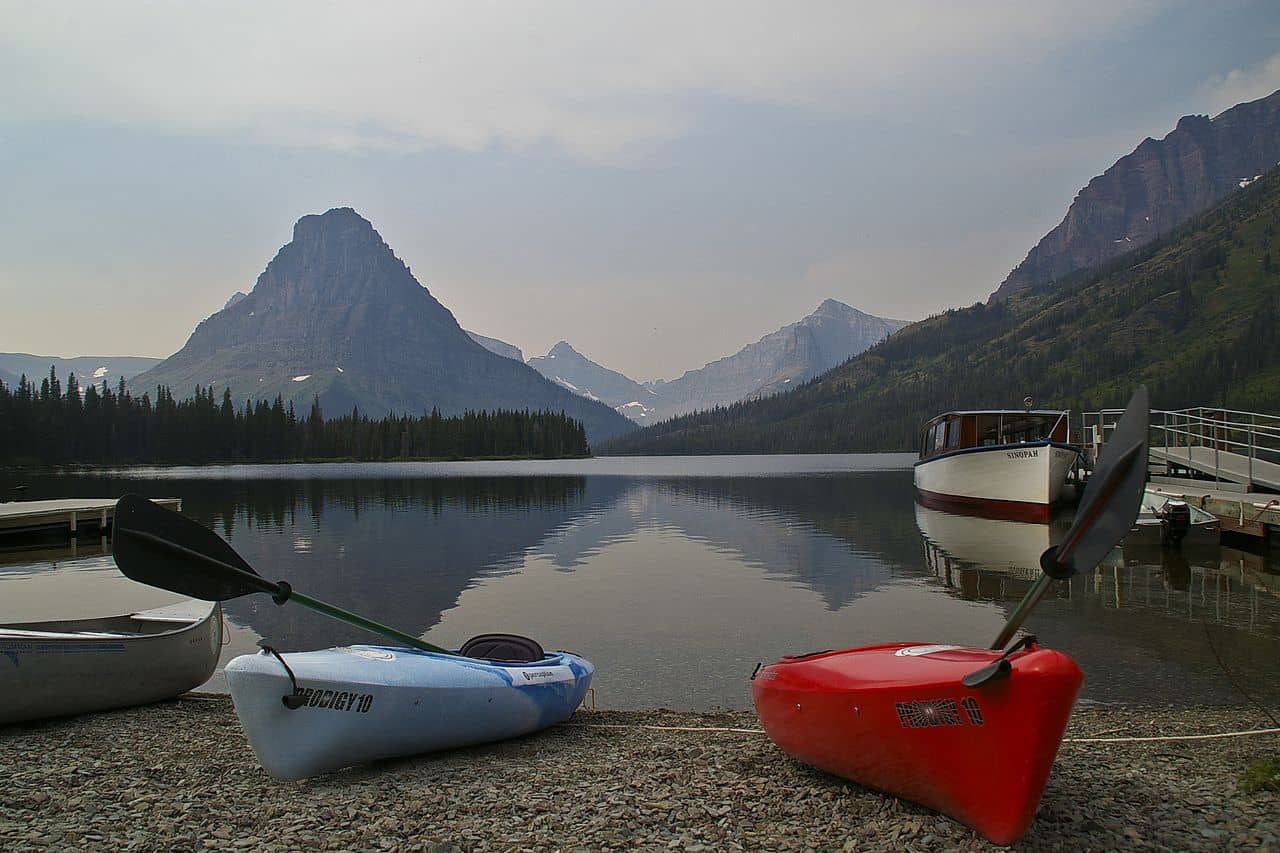
The first established national park in the United States is in Montana.
The Yellowstone National Park falls in the southern region of Montana and the northern region of Wyoming.
The longest undammed river in the lower 48 states is the Yellowstone River.
Its water runs through the state of Montana.
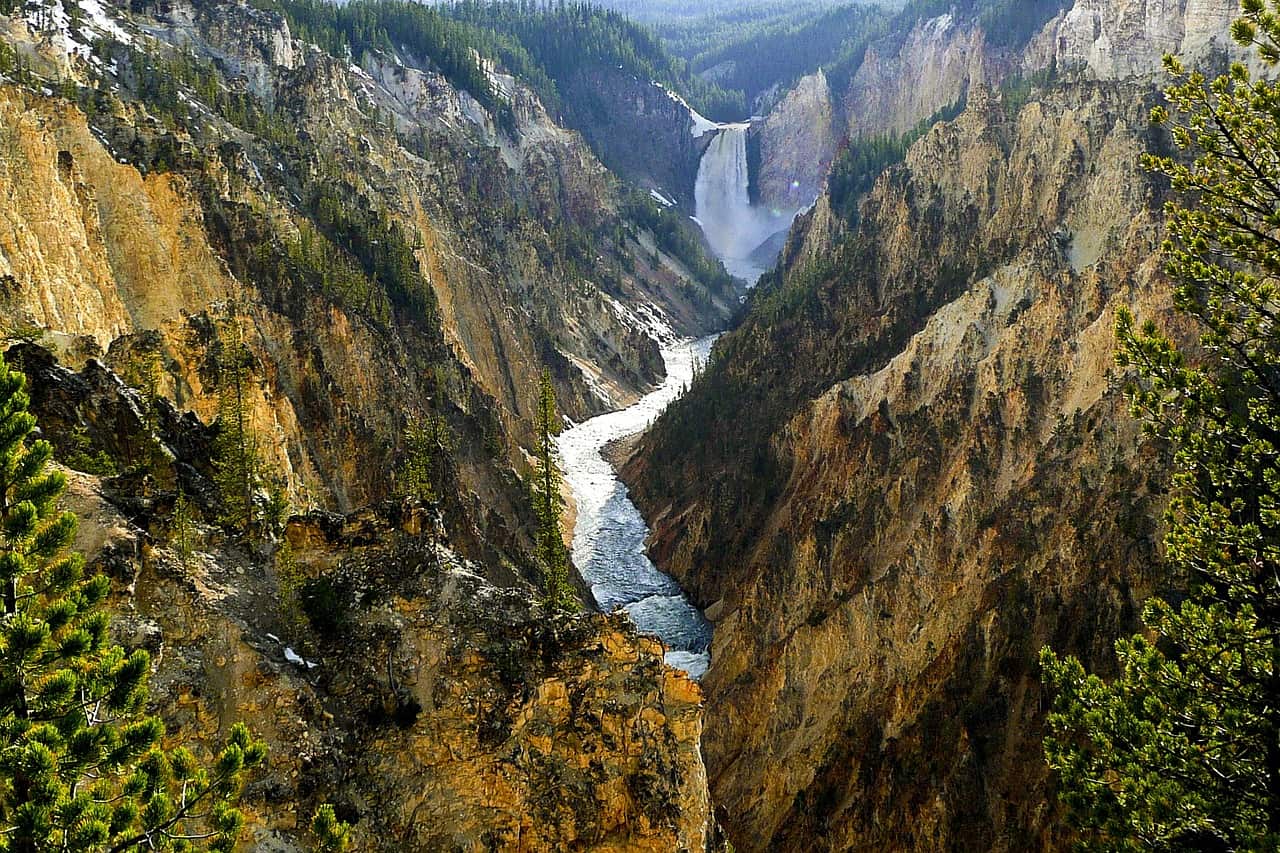
The Museum of the Rockies is the official paleontological specimen repository of Montana.
It is also part of the Montana Dinosaur Trail. Moreover, the most humongous Tyrannosaurus skull discovered, as well as a thigh bone lies within its walls.
The largest state park in Montana is the Makoshika.
In Sioux Indian, the name translates to ‘bad earth’ or ‘bad land.’ Geologists see it as a paradise, however, as this park covers 11,000 acres of layered rock formations. Fossils of enormous dinosaurs like the T-rex and Triceratop are like treasures in the place.
Montana preserved its first capital city as a ghost town state park.
Bannack lies along the once gold-filled Grasshopper Creek. Today, people believe that many ghost spirits haunt the old town.
Was this page helpful?
Our commitment to delivering trustworthy and engaging content is at the heart of what we do. Each fact on our site is contributed by real users like you, bringing a wealth of diverse insights and information. To ensure the highest standards of accuracy and reliability, our dedicated editors meticulously review each submission. This process guarantees that the facts we share are not only fascinating but also credible. Trust in our commitment to quality and authenticity as you explore and learn with us.
